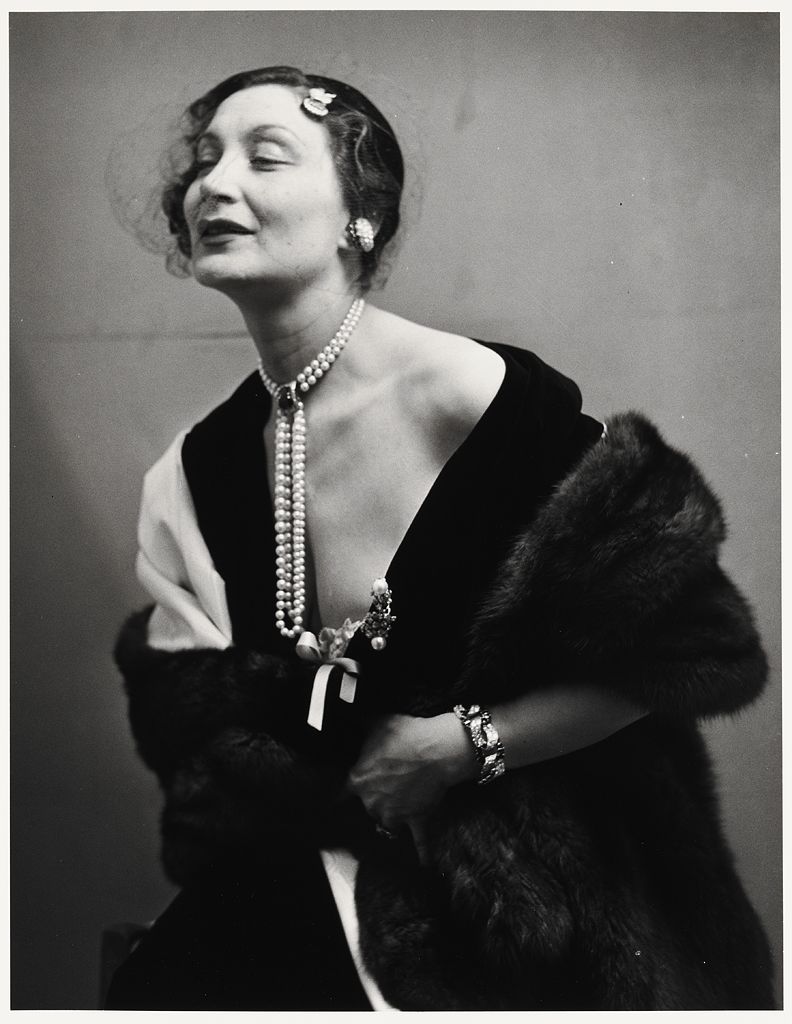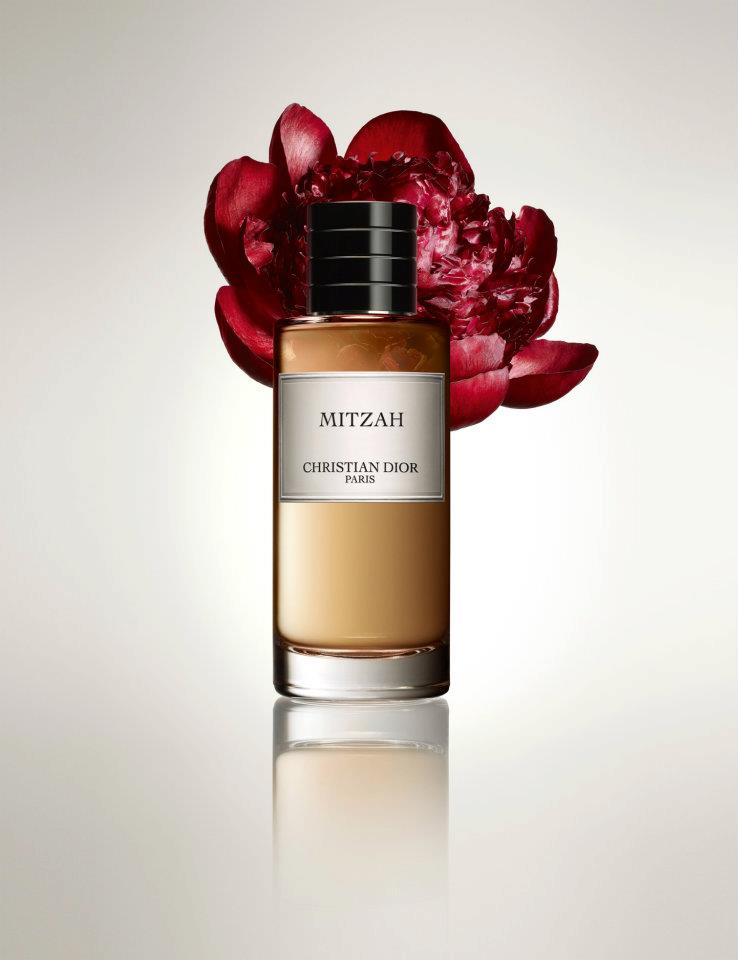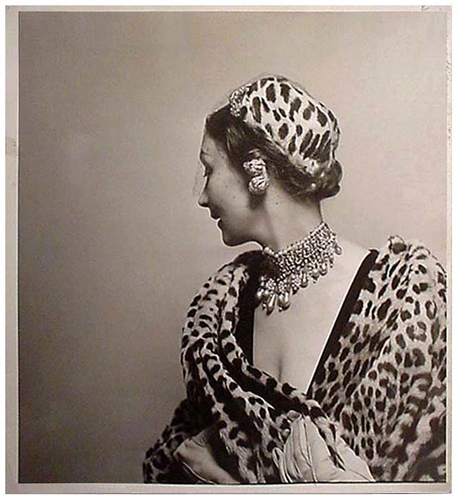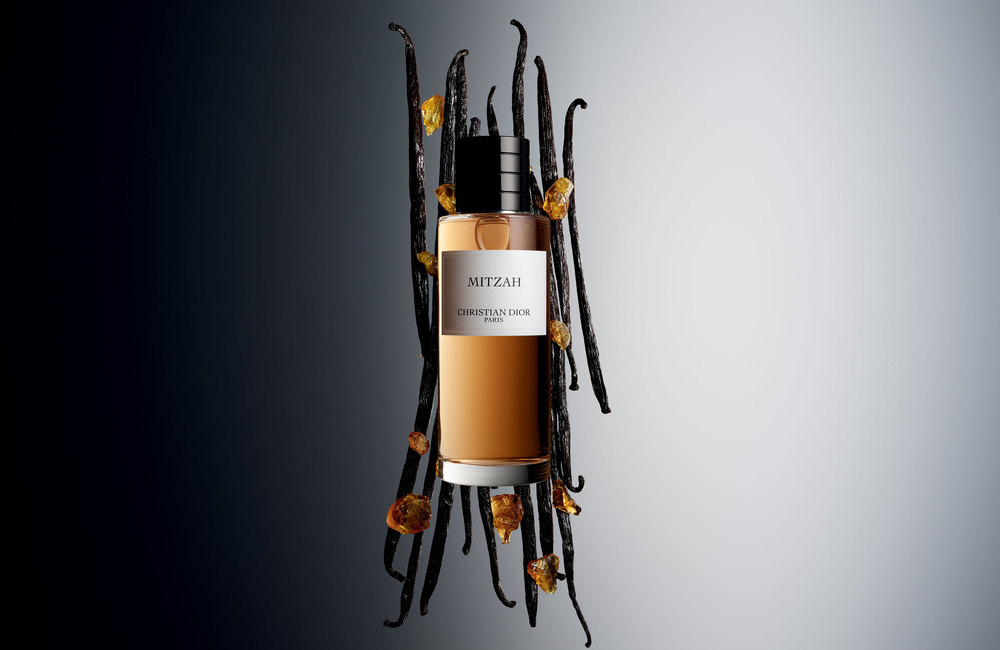Christian Dior Mitzah (2010) // Refined Animal {Fragrance Review}
Dior Mitzah Eau de Parfum
Perfume Review
Mitzah eau de parfum by Christian Dior was introduced in 2010 as part of the then debuting Collection Couturier Parfumeur (renamed La Collection Privée today), as a homage to Christian Dior's muse, Mizza Bricard. She was a former stylist at the British fashion house of Molyneux in the 1930s, a milliner by specialty and an all-around style icon. She is the one who inspired the name of the fragrance "Miss Dior" as she whimsically uttered "Tiens, Miss Dior !" upon seeing Catherine Dior, Dior's sister enter the room in which they were debating the name of the fragrance. Dior stressed that she was one of those rare beings, whose sole purpose in life was the quest of elegance...
Dior wrote,
"Mme Bricard, is one of those people, increasingly rare, who make elegance their sole raison d'être. Gazing at life out of the windows at the Ritz, so to speak, she is superbly indifferent to such mundane concerns as politics, finance, or social change."
(In Poiret, Dior and Schiaparelli: Fashion, Femininity and Modernity by Ilya Parkins, 2013; Note: this published translation simplifies the original French, but states the main idea.)

Mizza Bricard by Louise Dahl-Wolfe, Harvard Museums Collections
Mitzah was reputed for her mysterious, exotic aura - which she cultivated - her over-the-top personality and her ability to hold her ground. The latter was precisely the reason why Christian Dior asked her to join his house. He saw her as the healthy and necessary counterweight to what he saw as his overly reasonable Normand temperament. He knew she would not just agree but disagree with him, shout her disapproval at him whenever she saw it fit, thus contributing to an excellent creative dynamic in his workshop. He wrote that he had hired her because she would embody his favorite motto "I maintain."
When you delve into Dior's memoirs, Christian Dior et moi, one of the most marking impressions you are left with is the way in which the fashion designer describes the atmosphere of his workshops and the way a dress would come to fruition. It was all sound and fury at one time; saying absolutely horrible things; people crying out of rage; everybody on the verge of a nervous breakdown - and next, it was the exact reverse: people kissing each other; people crying tears of joy, congratulating each other, spreading the love and compliments all around. It was an intensely cyclothymic atmosphere at peak periods.
The perfume reflects this intensity as well as the exotic character of Mizza, whom by the way, Dior called "Mme Bricard", or "Bricard", never "Mizza" or "Mitzah". But "Mitzah" sounds better as a fragrance name than "Mme Bricard."
The composition opens on a richly resinous accord with an original counterpoint of coriander, but also a powdery accord which soon becomes more intense. The fragrance composition seems to eschew the convention of opening on bright, sparkling notes - and to aim directly for a sensation of base, deep notes.
There is something dark and feral about the scent which may be an allusion to Mme Bricard's predilection for wearing leopard fur and print. The impression is musky, slightly sweet, burnt, a bit caramel-y, a bit dry - and overall, jungley.
What follows is an interesting, delicate and subtle balance between candy-like nuances, rose, powder, and animalic notes. It is equally feline and boudoir-like. There are smoky nuances, which make you think of Lapsang Souchong tea; it is a bit tarry, but not as strong as in a Tarry Lapsang Souchong brew.
The ambery body, while revealing some subtle green and aromatic plant nuances, is mostly about crackling, resinous amber. Light, clovey accents later add a spicy twist. There is an interesting smell of decay - you don't know of what exactly. It makes you think of an intermediate sensation between warm, mature woman's flesh and voluptuous tropical flowers.

If we examine the style of Mitzah, the perfume, from the perspective of its inclusion in a special, more niche collection, one can see that it is less classic than a rich three-tiered designer fragrance would be, in the best sense of those words, as its structure is less respectful of the appetizer-main course-and-dessert pattern that one would expect. As said above, traditional bottom notes are moved up to the top of the fragrance. Secondly, the perfume while rich, feels uncluttered, focused and economical in its design. This is not a grab-all composition, but a streamlined one.
It is not a strikingly original composition per se, but it is a rich and nuanced one. There is no sense of discovery of a novel olfactory portrait of amber. It's all in the nuances, anisic, green, aromatic. In fact, it calls to mind perfumes like Calvin Klein Obsession (green oriental), L'Artisan Parfumeur L'Eau d'Ambre Extrême or Parfumerie Générale L'Ombre Fauve. One could even see a genre link to Zibeline by Weil - an early fur perfume.

You can appreciate Mitzah as a study in a woman's magnetic aura and the associations she suggests with a wilder, more animalic world. The perfumer concentrated on composing an amber perfume with intensity, character and a slightly devious sense of elegance, as secondary nuances such as beeswax and dirty musk add their animalistic touches, while the superb vanilla suggests a woman's flesh (not just skin). François Demachy did not feel the need to add anything else to this essential vision. A more commercial production might have pushed him to add "unnecessary" notes, just for good measure.
One can wonder whether it is not a meaningful sign that the Guerlains, who created perfumes out of love for women, liked to put them on a courteous-love pedestal - and in doing so devised and developed the ideal three-tiered, pyramidal structure. While, if the motivation becomes pure perfumery more, and the test of a perfumer's freedom of range, there will be a tendency to put out reflective accords, studies - rather than amorous symphonies.
In other words, there would be perfumes that make your heart sing because they bespeak of love and emotion, while thoughtful compositions invite you to appreciate them and savor them rather than be won over by them.
I like to think that there could be in-love perfumes on the one hand, and intelligent ones on the other hand.
Mitzah is inviting you to consider perfume as a study of an accord and a woman, the result of the art of reflection on what the aura of elegance of Mme Bricard might convincingly smell like, across the decades, if expressed with the point of departure of an amber note. Because her brand of sensuality was French, i.e., both carnal and intellectual, it is no surprise to see that the perfumer insists he added a hefty dose of incense to connote of spirituality. Mitzah smells both animalistic and refined.
Notes: Russian coriander, rose, spices, cinnamon essence from Sri Lanka, labdanum, vanilla, honey, patchouli and white Somalian incense.










